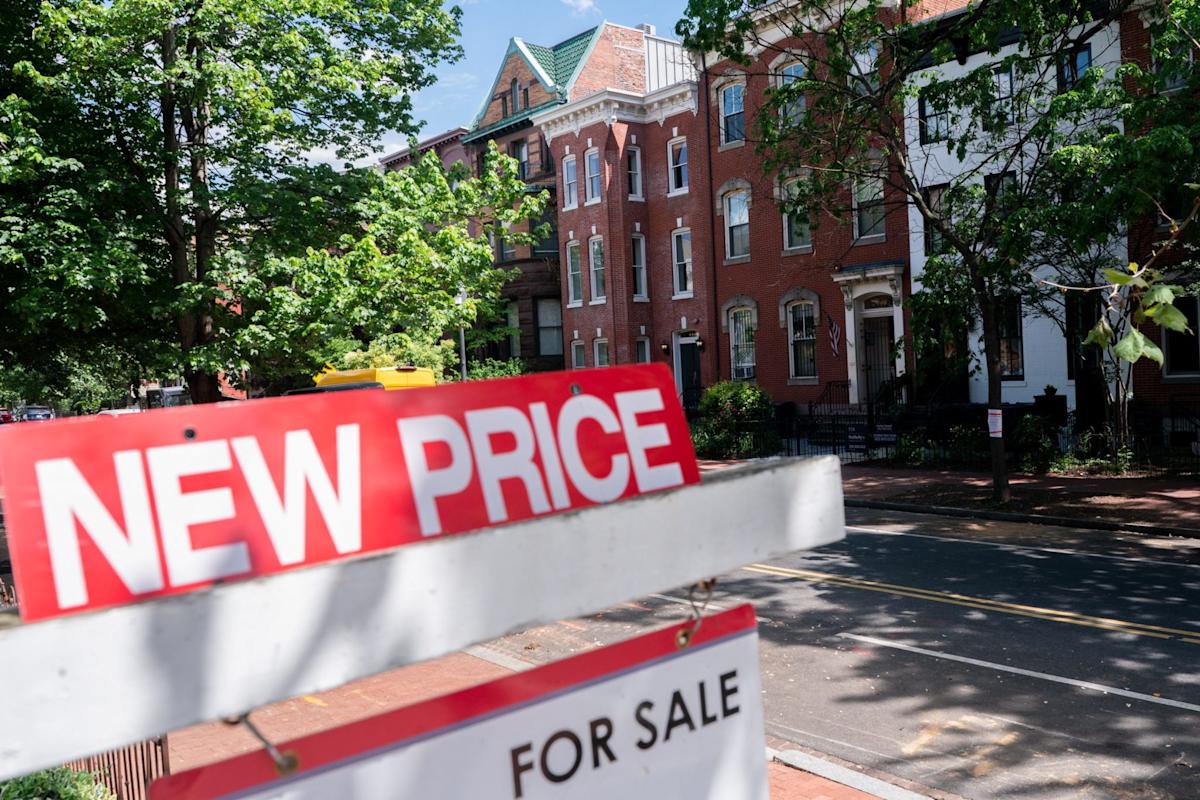More than half of U.S. homes have dropped in value over the last year — and nearly all houses in these cities have seen losses
The share of U.S. homes that have lost value in the past year is the highest since the aftermath of the Great Recession, according to Zillow.
In October, 53% of homes saw their “Zestimates” decline, the most since 2012 and up from just 16% a year earlier. Losses were most widespread in the West and South.
In fact, those regions have housing markets where nearly all homes declined in value over the last year. Denver topped the list with 91%, followed by Austin (89%), Sacramento (88%), Phoenix (87%) and Dallas (87%).
The Northeast and Midwest, by contrast, have largely avoided such losses, but declines are spreading to more homes in all metros, Zillow said.
In addition, most homes also dropped from their peak valuations, with the average drawdown hitting 9.7%. While that has soared from 3.5% in the spring of 2022, it’s still well below the 27% average drawdown in early 2012.
To be sure, lower home values are just losses on paper and aren’t realized by homeowners unless actual sale prices undercut their initial purchase prices.
By that score, homeowners are still ahead as Zillow data shows that values are up a median 67% since the last sale, and just 4.1% of homes have lost value since their last sale.
“Homeowners may feel rattled when they see their Zestimate drop, and it’s more common in today’s cooler market environment than in recent years. But relatively few are selling at a loss,” Treh Manhertz, senior economic researcher at Zillow, said in a statement. “Home values surged over the past six years, and the vast majority of homeowners still have significant equity. What we’re seeing now is a normalization, not a crash.”
The lower values come as the housing market has been frozen for much of the past three years after rate hikes from the Federal Reserve in 2022 and 2023 sent borrowing costs higher, discouraging homeowners from giving up their existing ultra-low mortgage rates.
But the dearth of new supply kept home prices high, shutting out many would-be homebuyers who were also balking at elevated mortgage rates.
With demand weak, the housing market has been shifting away from sellers and toward buyers. The pendulum has swung so far the other way that delistings soared this year as sellers become fed up with offers coming in below asking prices and just take their homes off the market.
But the National Association of Realtors sees a turnaround coming next year. NAR Chief Economist Lawrence Yun predicted earlier this month existing-home sales will jump 14% in 2026 after three years of stagnation, with new-home sales rising 5%. Those sales will support a 4% uptick in home prices.



Leave a Comment
Your email address will not be published. Required fields are marked *